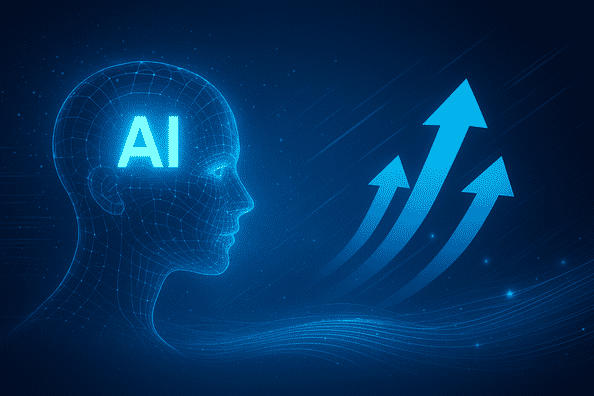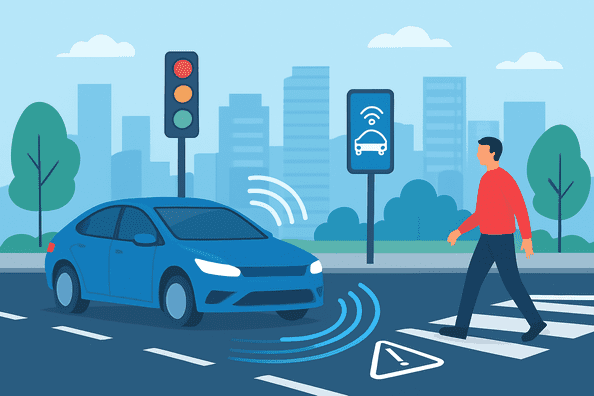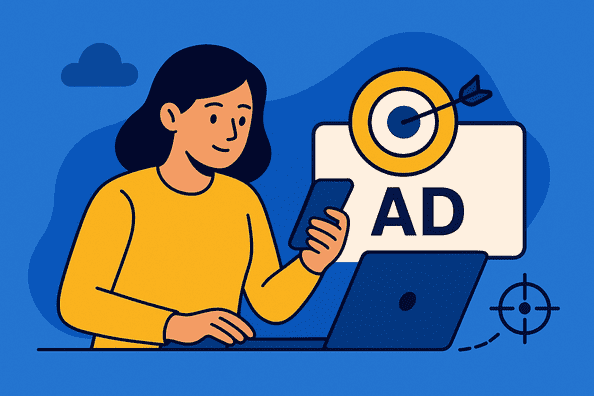The way we learn from videos is undergoing a seismic shift. Imagine a world where hours of lecture recordings, tutorials, or conference talks can be distilled into concise summaries in seconds. Where you can ask questions directly to a video and get instant answers, or cross-reference a YouTube tutorial with your personal notes and research papers. This isn’t science fiction-it’s the reality Google’s AI-powered video summarization tools, particularly NotebookLM, are building. By merging advanced language models with multimedia analysis, Google is redefining how we interact with video content, turning passive viewing into active, personalized learning. Let’s explore how these innovations could make traditional video learning obsolete.
NotebookLM: The AI Research Assistant Reinvented
NotebookLM started as a tool focused on text-based note-taking but has rapidly evolved into a multimedia research assistant. The recent updates have introduced new panels like Sources, Chat, and Studio, which allow users to manage inputs, engage in interactive Q&A, and generate tailored study guides. This transformation reflects Google’s ambition to create a unified workspace where videos, audio, and text can be analyzed and synthesized together, making learning more efficient and personalized.
For example, a medical student preparing for exams can upload a series of cardiology lectures alongside clinical guidelines in PDF format. Instead of manually comparing these sources, NotebookLM cross-references the video content with the documents and highlights key differences or updates. This not only saves time but also ensures that the student’s understanding is grounded in the most current and relevant information. This kind of Google AI note-taking is setting a new standard for educational AI tools.
Breaking Down NotebookLM’s Video Superpowers
One of the most exciting features of NotebookLM is its ability to summarize YouTube videos instantly. By extracting full transcripts and identifying key themes and timestamps, the AI generates structured summaries that help users grasp the essence of lengthy videos quickly. This capability is a game-changer for educators and content creators alike, who can now repurpose long-form content into bite-sized, digestible pieces without spending hours editing.
Beyond transcription, NotebookLM’s audio intelligence identifies speakers, flags important decisions or action items, and links discussions to related documents. This is especially valuable in professional settings where meetings and webinars often contain critical information buried within long recordings. The AI’s ability to ground responses in the original source material also enhances trustworthiness, making it a reliable tool for research and fact-checking.
Under the Hood: The Tech Powering the Magic
The technology behind NotebookLM’s video capabilities is powered by Google’s Video Intelligence API, which can recognize thousands of objects and actions within videos and analyze speech sentiment. This deep learning technology allows the AI to understand not just what is being said, but also the context and visual cues, enabling more nuanced and accurate summaries.
Complementing this is the Gemini 2.0 Flash model, designed for speed and precision. It processes videos much faster than previous models without sacrificing accuracy, enabling features like live Q&A during video playback and instant glossary generation. This combination of advanced video analysis and rapid processing is what makes NotebookLM a powerful tool for enhancing productivity with generative AI.
Real-World Impact: Case Studies
The practical applications of NotebookLM are already visible in various fields. At Stanford’s School of Medicine, students use the tool to convert surgery recordings into detailed step-by-step guides and cross-reference lecture videos with the latest research papers. This approach has reportedly improved information retention by 40%, demonstrating the tool’s effectiveness in complex learning environments.
In the corporate world, companies like Salesforce are leveraging NotebookLM to streamline onboarding processes. By converting product demo videos into interactive quizzes and competitor briefs, they have reduced training times significantly. Content creators also benefit; for instance, the YouTuber TechWithLucy uses NotebookLM to transform lengthy interviews into engaging social media content, showcasing the tool’s versatility across industries.
Comparative Table: NotebookLM vs. Other Video Learning Tools
| Feature | NotebookLM | NoteGPT | Traditional Video Notes |
| Video-to-text AI tools | Yes (YouTube & audio files) | Yes (YouTube only) | No |
| Multi-source integration | Yes (videos + PDFs + Docs) | Limited | No |
| Real-time Q&A | Yes (with Gemini 2.0 Flash) | No | No |
| Citation and source grounding | Yes | No | No |
| Speed and accuracy | High (5x faster, 94% accuracy) | Moderate | N/A |
| Enterprise security | Yes | Limited | N/A |
This table highlights how NotebookLM stands out by combining multiple data sources, offering real-time interaction, and ensuring responses are backed by verifiable citations, making it a superior choice for educational and professional users.
The Future of Video Learning
Looking ahead, NotebookLM and similar tools are poised to revolutionize video learning further. We can expect real-time video analysis that answers questions as lectures happen, skill gap detection that tailors content to individual needs, and multilingual support that makes learning accessible worldwide. However, as these tools become more integrated into daily workflows, ethical considerations such as bias detection, privacy protection, and ensuring accessibility will become increasingly important.
Conclusion: The Video Learning Renaissance
Google’s NotebookLM is more than just a note-taking app; it’s a catalyst for a new era of learning where video content becomes an interactive, searchable knowledge base. By harnessing AI-powered video summarization and Google AI note-taking, learners and professionals alike can absorb information faster, synthesize insights across formats, and focus on deeper understanding rather than manual organization. As educational AI tools continue to evolve, embracing these innovations will be key to learning smarter and working more productively in the digital age.



